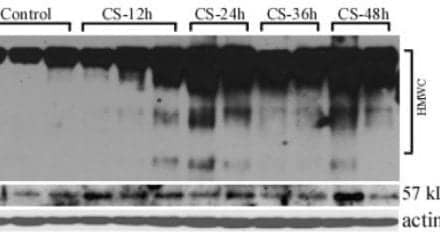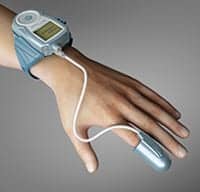According to a new study, smokers commonly demonstrate symptoms of COPD even though they are not diagnosed with the condition. A research team from the University of Michigan Health System observed more than 2,700 current or former smokers in order to evaluate their respiratory symptoms with the COPD Assessment Test. The researchers note that a number of smokers do not meet the definition of COPD but still have respiratory problems. A report from HCP Live indicates that the patients underwent FEV 1 examination to test whether current or former smokers with preserved pulmonary function were asymptomatic or displayed COPD symptoms, as well as to what degree.
The patients were tested on their 6-minute walk distance, lung function, and a high-resolution computer tomographic scan of the chest. The results of the study revealed that half of the current or former smokers displayed respiratory symptoms and the rate of the respiratory exacerbations among the current or former smokers was notably higher than in the asymptomatic current or former smokers, in addition to the control group of non-smokers in the study.
“Clinically, this is an important group of patients that we as physicians currently have no guidance on how to treat,” explains lead author of the study Meilan Han, MD. “A significant percentage of these symptomatic smokers with ‘normal’ breathing tests had been given respiratory medications by their doctors to treat their symptoms, but this is a group of individuals that has never really been studied with those medications in clinical trials. Therefore physicians really have no evidence base to guide decision making.”
In addition, regardless of their history of asthma, current or former smokers with respiratory symptoms had greater limitation of activity, lower FEV 1, FVC, inspiratory capacity and greater airway wall thickening without emphysema than the asymptomatic current or former smokers, according to HCP Live. Meilan says, “I think we do need a name for this condition so we can define these patients and develop treatments. However, it’s still unclear whether these patients have ‘early’ COPD, in that they will ultimately progress to airflow obstruction that we can detect on a breathing test. More information is still needed.”
Meilan adds, “This study is just the first step in trying to better identify these patients so we can develop targeted treatments.”
Source: HCP Live










